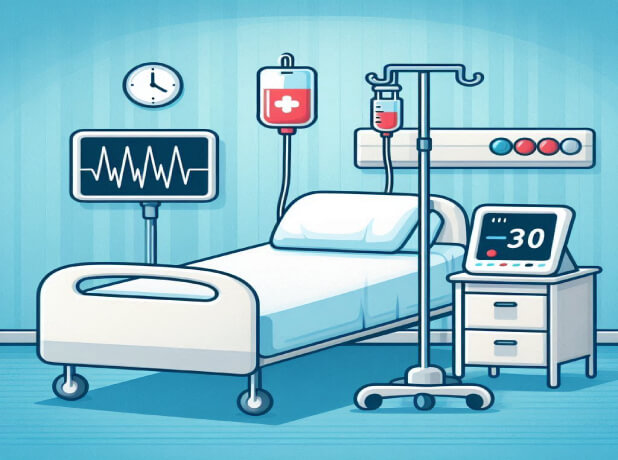Abstract
A connection between diabetes and an increased risk of epilepsy has been suggested by observational studies. Animal studies have also shown that antihyperglycemic drugs can improve seizures. However, it is unclear whether antihyperglycemic drugs have a causal role in epilepsy in humans. To investigate this potential causal relationship, a Mendelian randomisation study was conducted using International League Against Epilepsy data as the discovery set and FinnGen data as the replication set. It was discovered that three antidiabetic drug target genes, ETFDH, CYP21A2 and CYP2D6, were involved in the occurrence of epilepsy. In particular, ETFDH was identified as a target gene in both the discovery set (inverse variance weighting [IVW], odds ratio [OR] = 1.018, 95% confidence interval [CI], 1.004–1.033, p = 0.009) and replication set (IVW, OR = 1.074, 95% CI, 1.034–1.114, p = 0.00016), and CYP21A2 was identified in the discovery set (IVW, OR = 1.029, 95% CI, 1.005–1.053, p = 0.016) and replication set (IVW, OR = 1.057, 95% CI, 1.001–1.116, p = 0.045) as having a causal association with an increased risk of epilepsy. Conversely, the CYP2D6 gene was found to be a protective factor for epilepsy in both the discovery set (IVW, OR = 0.0984, 95% CI, 0.969–0.998, p = 0.025) and replication set (IVW, OR = 0.977, 95% CI, 0.955–1.000, p = 0.046). A search of DrugBank revealed that metformin, an anti-glucose drug, is an inhibitor of the ETFDH gene and may have a potential therapeutic effect on epilepsy.
Open Access This article is licensed under a Creative Commons Attribution 4.0 International License, which permits use, sharing, adaptation, distribution and reproduction in any medium or format, as long as you give appropriate credit to the original author(s) and the source, provide a link to the Creative Commons licence, and indicate if changes were made. The images or other third party material in this article are included in the article’s Creative Commons licence, unless indicated otherwise in a credit line to the material. If material is not included in the article’s Creative Commons licence and your intended use is not permitted by statutory regulation or exceeds the permitted use, you will need to obtain permission directly from the copyright holder. To view a copy of this licence, visit http://creativecommons.org/licenses/by/4.0/. The Creative Commons Public Domain Dedication waiver (http://creativecommons.org/publicdomain/zero/1.0/) applies to the data made available in this article, unless otherwise stated in a credit line to the data.

